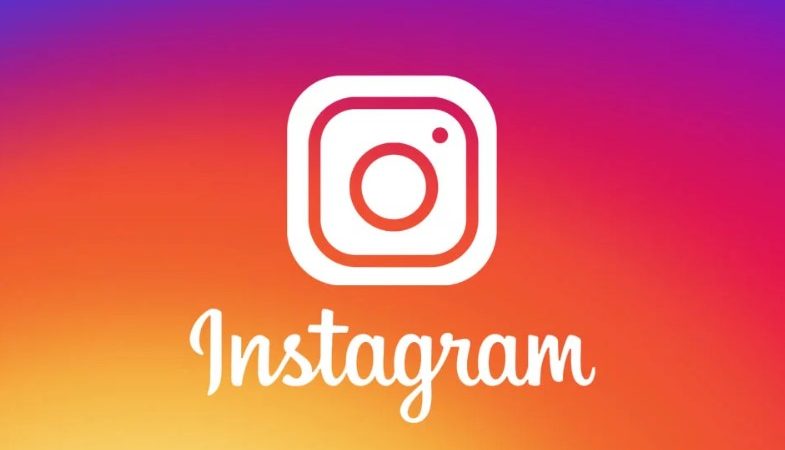The Evolution of Email From Snail Mail to Instant Communication

Before the age of technology, snail mail was the primary mode of communication. People had to wait days, if not weeks, for their letters to reach the recipient. The process was slow and cumbersome, but it was all we knew. However, with the advent of email and instant messaging, our communication methods have evolved drastically.
Emails were first introduced in 1971 as a way for users on different time-sharing computers to communicate with each other. This early version required both parties to be online at the same time in order for the message to be delivered. It wasn’t until 1978 that Ray Tomlinson developed a system where messages could be sent between different networks through an “at” sign.
During this time, only select companies and universities had access to email communication systems. It wasn’t until the late 1980s that personal computers became more affordable and popularized emails as a means of communication between individuals outside of work or school environments.
The 1990s saw a surge in internet usage and with it came advancements in email technology. The first webmail service was launched by Hotmail in 1996, allowing users to access their emails from any computer with internet access. This revolutionized email usage as it rbl list provided more convenience and accessibility compared to traditional desktop clients.
In addition to webmail services becoming more mainstream, instant messaging also gained popularity during this decade. With ICQ being one of the first platforms introduced in 1996 that allowed real-time text communications between individuals over the internet.
As technology continued to advance into the new millennium, so did email capabilities. Features such as attachments, spam filters, personalized signatures, and organization tools were added making it easier than ever before for us to communicate electronically.
However, with these advancements came challenges such as phishing scams and increased fraud attempts via emails which caused people’s trust towards electronic forms of communication dwindled.
Despite these challenges though people kept adapting to the exciting new ways of communication that technology provided. The introduction of smartphones, tablets, and other mobile devices with internet access have made emails and instant messaging even more accessible.
Today, email is the primary mode of communication for both personal and professional purposes. According to a Radicati Group study, there are 4.3 billion active email users in the world with an average of 261 billion emails being sent per day.
Instant messaging platforms such as WhatsApp, Facebook Messenger, and Skype have also gained significant popularity over the years as they allowed people to communicate in real-time from anywhere in the world.
The evolution of email has not only made communication faster but also more efficient. It has revolutionized the way we connect with others on a personal and professional level. From snail mail to instant messaging, our methods of communication continue to evolve along with technology advancements. Who knows what other innovative means will come next? One thing is for sure; it will continue to shape how we interact with one another in our modern world.






